Remember those breakfast drinks that used to line supermarket shelves when we were kids? Some were tasty treats that gave us energy for the day, while others probably should have never existed. As food trends cycle back around, certain vintage breakfast beverages deserve a second chance, while others should stay buried in the past. Let’s take a nostalgic sip of breakfast drinks from yesteryear and decide which ones might make a tasty comeback.
1. Original Carnation Instant Breakfast – Revival Ready
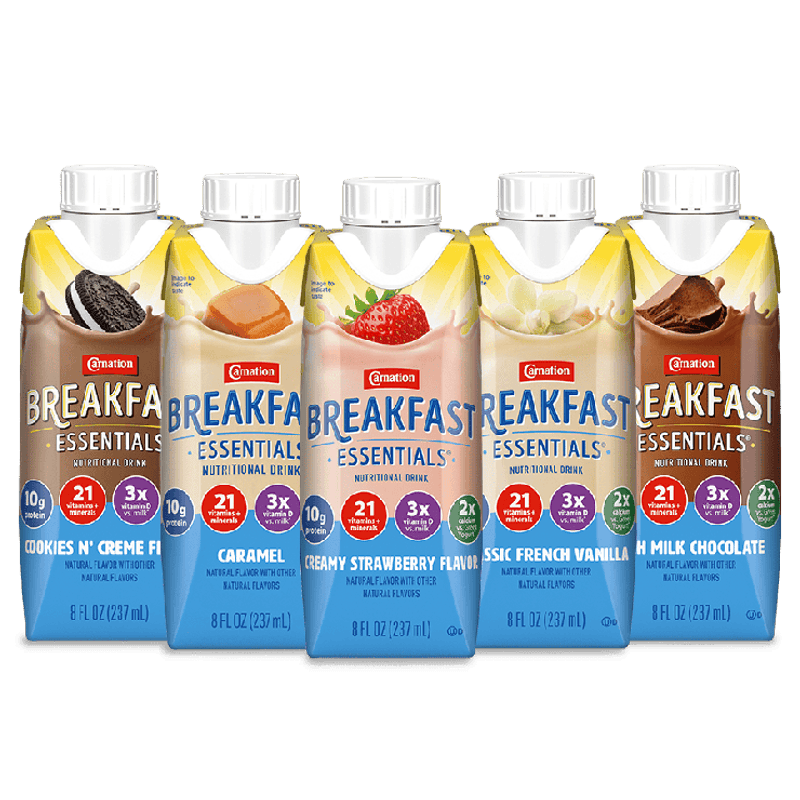
The powder-to-milk transformation created morning magic for busy families during the 1960s and beyond. Just pour, stir, and gulp down vitamins, minerals, and protein before rushing out the door.
What made these drinks special wasn’t just convenience – it was the classic flavors like strawberry and chocolate that tasted like dessert for breakfast. No weird aftertastes or artificial weirdness you find in today’s protein shakes.
With today’s interest in quick, nutritious options, Carnation’s original formula (not the overly complicated versions now available) could easily find new fans among busy parents and nostalgic Gen-Xers looking for simple morning nutrition.
2. Tang – Astronaut Fuel Worth Reconsidering
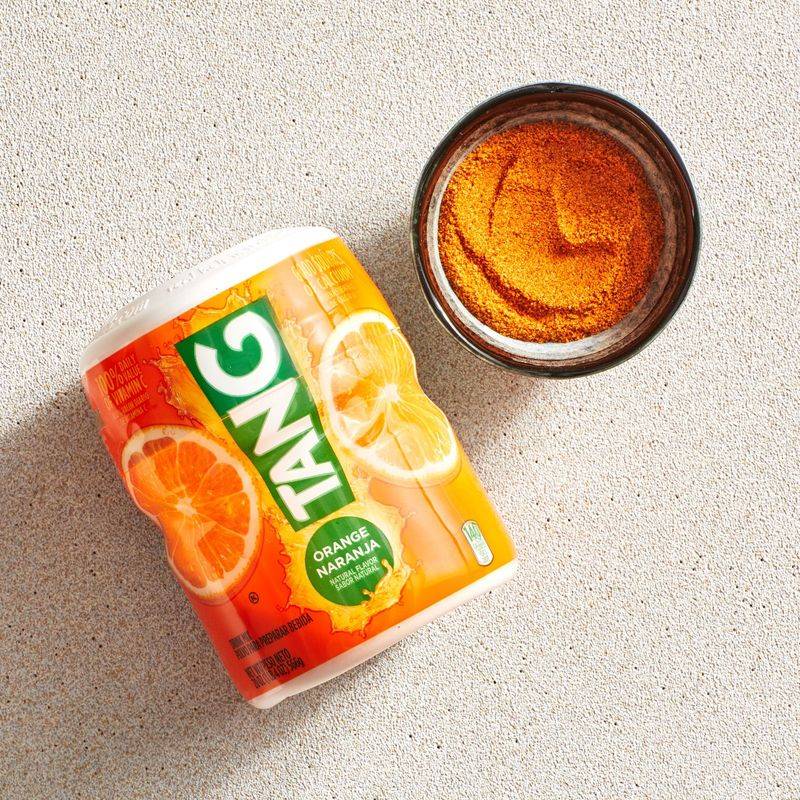
Blast off with the orange-flavored powdered drink that helped fuel NASA missions! Created in 1957, Tang rocketed to fame when used during John Glenn’s Mercury mission, forever connecting this bright orange beverage with space exploration.
Generations of kids grew up stirring the neon-orange crystals into water, pretending they were training for space while getting their morning vitamin C. The sweet, tangy flavor wasn’t quite orange juice, but created its own unique category of breakfast drink.
With space exploration making headlines again and retro food trends surging, Tang could make a legitimate comeback as a fun, nostalgic breakfast option—perhaps with updated ingredients to appeal to today’s health-conscious families.
3. Postum – The Caffeine-Free Pioneer
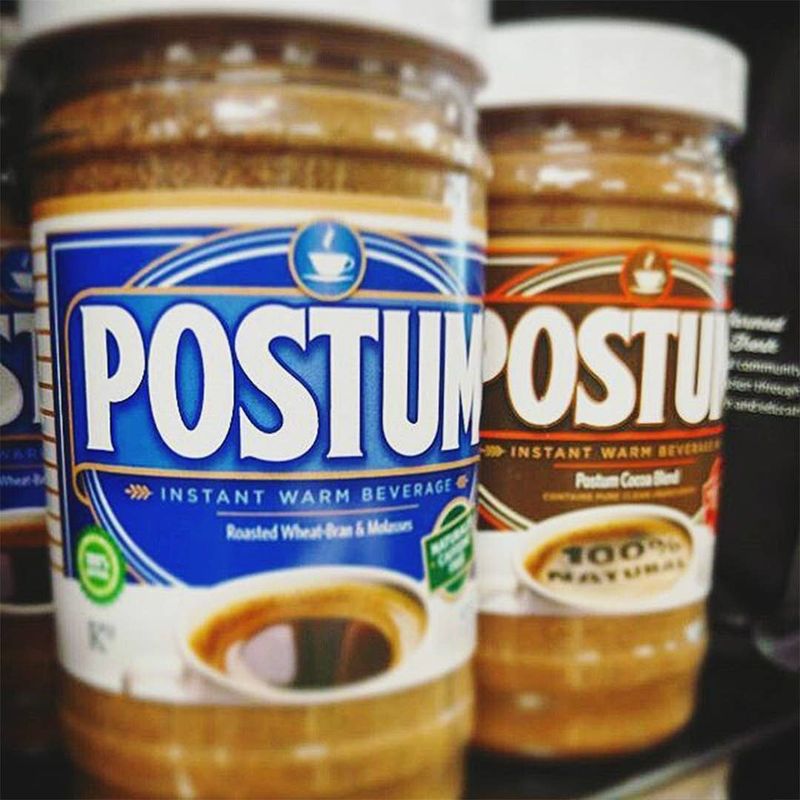
Before modern decaf options, Postum offered a roasted grain beverage that mimicked coffee without the caffeine jitters. Created in 1895 by C.W. Post, this warm, roasty drink made from wheat bran, wheat, molasses, and corn dextrin became a breakfast staple for those avoiding caffeine.
Health-conscious folks and religious groups that discouraged caffeine consumption embraced Postum throughout the 20th century. Its slightly sweet, malty flavor created loyal fans who mourned when production stopped in 2007.
With today’s renewed interest in caffeine alternatives and heritage foods, Postum could find eager new audiences among pregnant women, caffeine-sensitive individuals, and those seeking connection to simpler times.
4. Sunny Delight – The Original Formula Worth Revisiting
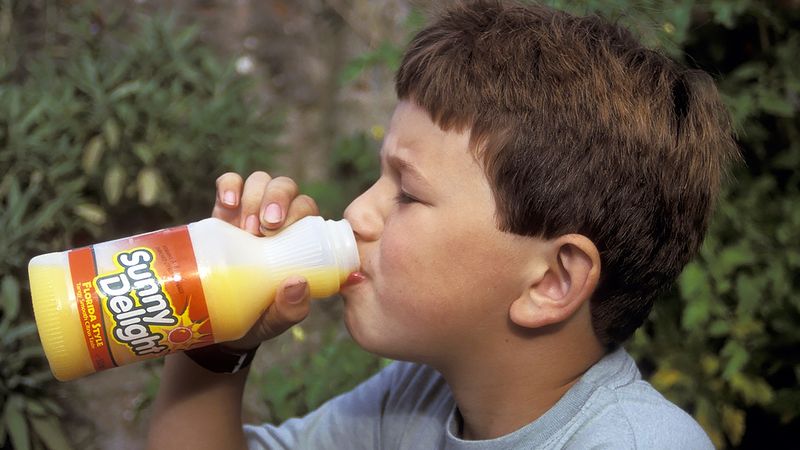
The bright orange beverage that fooled kids into thinking they were drinking something healthy while parents believed they were serving something better than soda. Original SunnyD hit refrigerators in 1963, becoming a lunchbox and breakfast table staple throughout the 1980s and 90s.
The original formulation had that distinctive tangy-sweet flavor that somehow tasted like sunshine in a bottle. Kids begged for it while commercials showed athletic youngsters guzzling it after playground adventures.
Today’s version isn’t quite the same, but a throwback formula could capture both nostalgic parents and a new generation of kids looking for something more exciting than plain juice but less sugary than modern energy drinks.
5. Fruitopia – Psychedelic Morning Refreshment
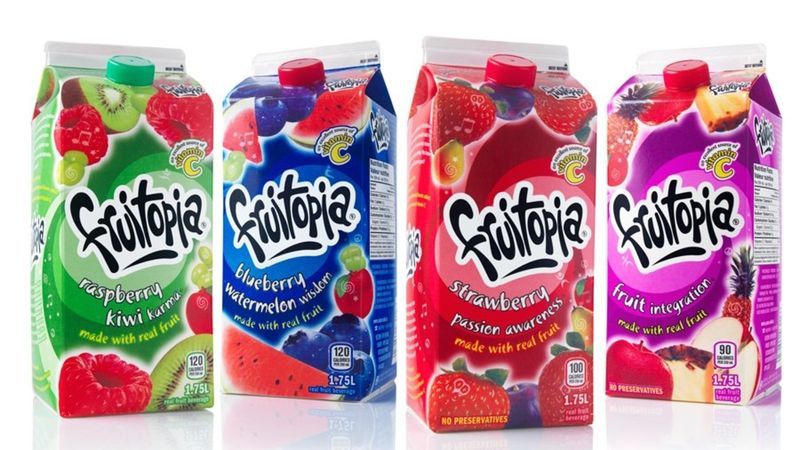
Kaleidoscopic bottles filled with colorful fruit concoctions lined refrigerator shelves in the mid-1990s, promising not just refreshment but a whole fruit-based philosophy. Coca-Cola launched this trippy line of fruit drinks with names like “Strawberry Passion Awareness” and “Citrus Consciousness” to capture the New Age vibe of the era.
Each sip delivered an intensely sweet, tangy fruit experience unlike anything else at the breakfast table. The marketing was equally bold—psychedelic commercials featuring kaleidoscopic imagery and philosophical musings about fruit.
Gen Z’s fascination with 90s nostalgia makes Fruitopia prime for resurrection, especially if reformulated with less sugar and more actual fruit to satisfy modern nutritional expectations.
6. OJ and Cereal “Breakfast Blaster” Combos – Fusion Worth Trying Again
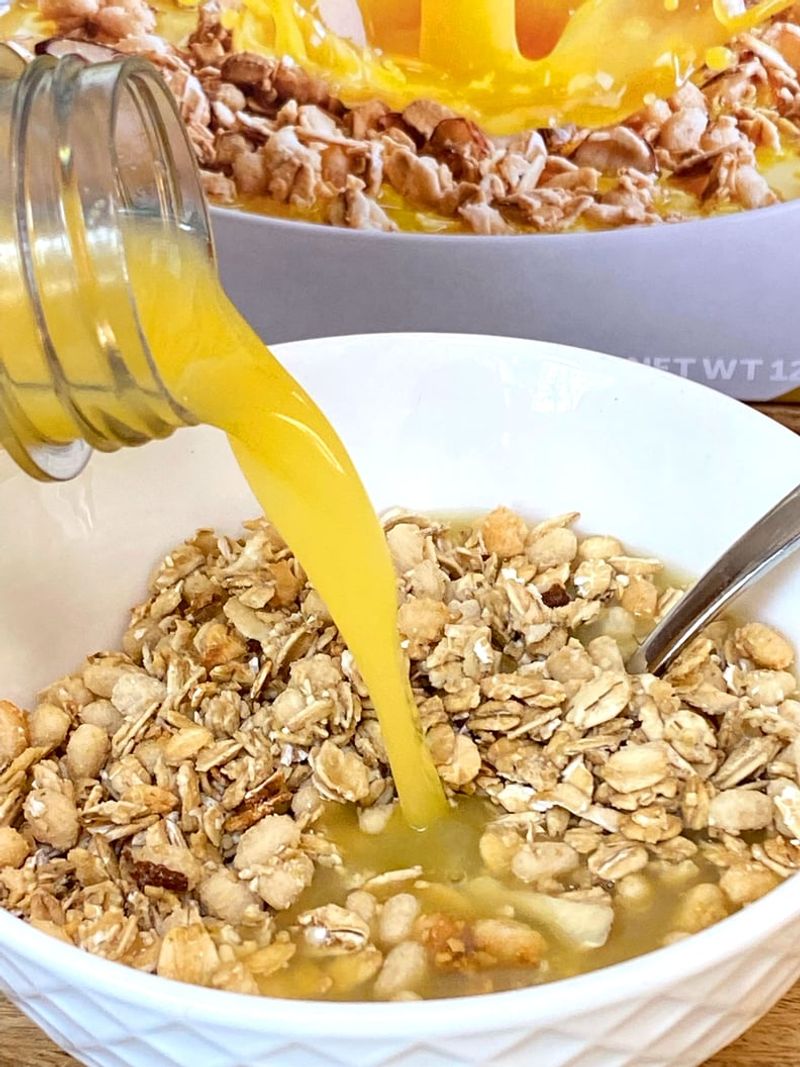
Remember those wild morning experiments from the 90s that combined cereal with orange juice instead of milk? Companies actually bottled this unusual combination, creating ready-to-drink breakfast fusion beverages that promised convenience and nutrition in one portable package.
The concept makes more sense than you might remember—the tangy citrus complemented certain cereals surprisingly well, especially ones with honey or fruit flavors. Plus, you got both your morning grain and vitamin C in one container!
With today’s booming breakfast-on-the-go market and adventurous food mashups trending on social media, a reimagined Breakfast Blaster could find curious new fans willing to challenge breakfast boundaries.
While some of these forgotten breakfast drinks are just begging for a nostalgic revival, others are better left in the past — for everyone’s sake.
1. Panera Charged Lemonades – A Modern Menace
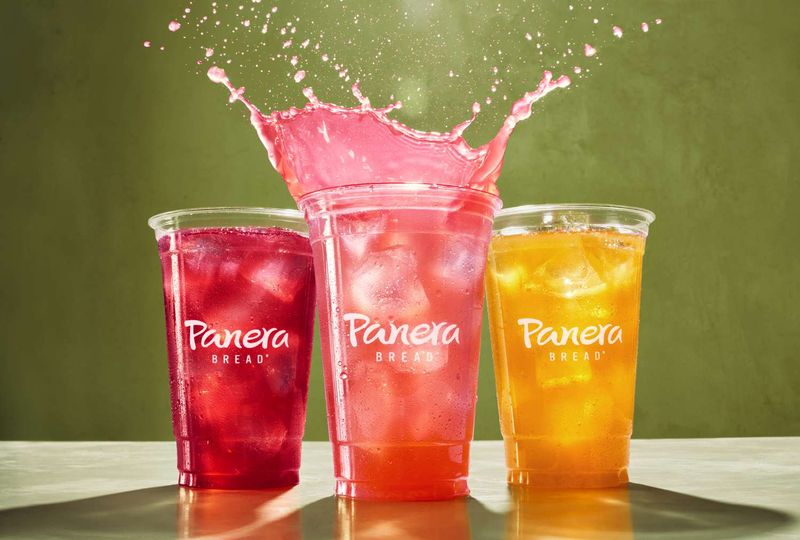
The infamous caffeinated lemonades that pack more punch than three cups of coffee have become notorious for all the wrong reasons. These innocent-looking beverages contain staggering amounts of caffeine—about 390mg in a large—lurking behind sweet, fruity flavors that mask their potency.
Multiple lawsuits have been filed claiming these drinks caused serious health issues, including at least two deaths allegedly linked to the excessive caffeine content. The danger comes from how easy they are to drink quickly, unlike hot coffee which self-limits consumption.
While they might seem like a refreshing breakfast companion, these super-charged beverages represent everything wrong with modern food marketing—hiding potentially dangerous ingredients behind appealing flavors and trendy packaging.
2. Cereal Milk Drinks – Bottled Disappointment
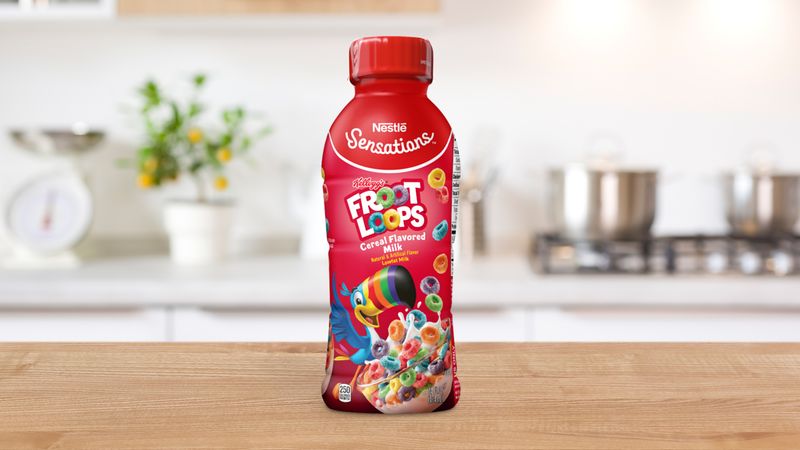
Someone thought capturing the milk left after eating sugary cereal and bottling it would be genius. Spoiler alert: it wasn’t. These pre-bottled beverages with actual cereal bits floating inside attempted to recreate that sweet, end-of-bowl experience without the satisfaction of eating the cereal first.
The texture problems were insurmountable—soggy cereal fragments became increasingly mushy over time, creating an unappetizing sludge at the bottom. Meanwhile, the flavored milk itself often tasted artificial, missing the authentic cereal-infused flavor that comes naturally when milk mingles with fresh cereal. Some food experiences simply can’t be mass-produced and preserved in bottles.
This breakfast drink concept deserves permanent retirement despite occasional attempts to resurrect it.
3. Enviga – The Negative-Calorie Scam
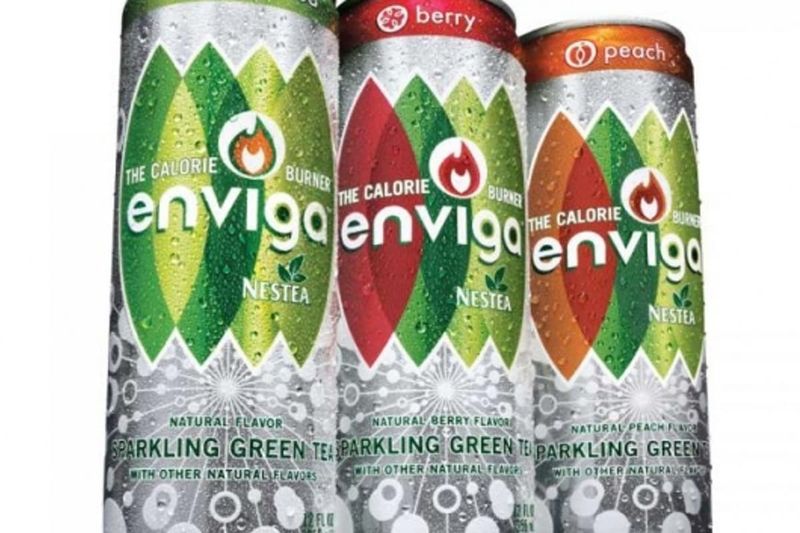
Coca-Cola and Nestlé joined forces in 2006 to create this green tea-based drink that made the outrageous claim of burning more calories than it contained.
The sparkling beverage promised weight loss through its magical combination of caffeine and green tea catechins that supposedly boosted metabolism. The marketing suggested drinking three cans daily would burn an extra 60-100 calories—a claim so dubious that 28 states eventually sued the companies for deceptive advertising.
After settling the lawsuit for $650,000, the product quietly disappeared from shelves. This type of pseudoscientific breakfast beverage represents the worst of diet culture manipulation—promising impossible results while delivering nothing but expensive, flavored caffeine water.
4. Swerve – The Milk Disaster

Milk companies panicked in the early 2000s as soda dominated the youth market, so they created this bizarre carbonated milk product aimed at teenagers. Imagine fizzy, sweetened milk in flavors like chocolate, orange cream, and blueberry—complete with bubbles and a foamy head like beer.
The concept violated everything we expect from milk. The carbonation created an unsettling mouthfeel while the high sugar content and artificial flavors moved it firmly into dessert territory despite marketing as a nutritious breakfast option.
Some food combinations exist in nature’s forbidden zone for good reason. Carbonated milk deserves to remain a cautionary tale of desperate marketing rather than something we ever attempt to drink again.
Leave a comment